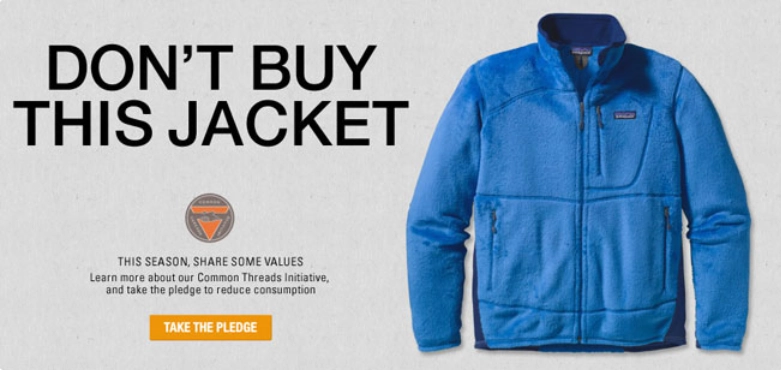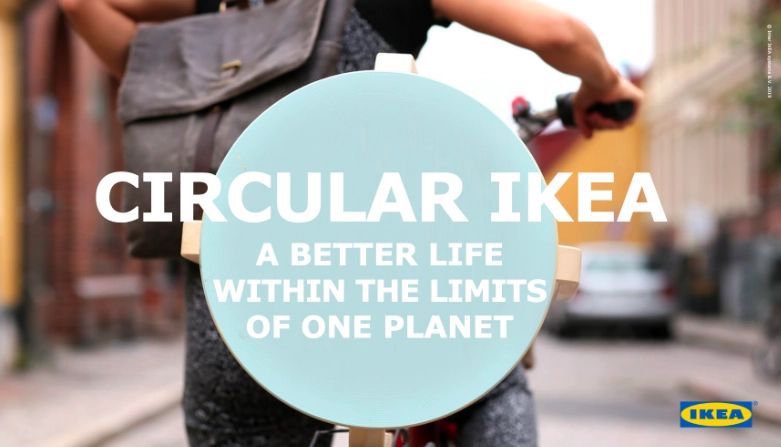Is your brand challenging the status quo?
Branding used to be about selling an image. Now, it’s about standing for something real. Consumers no longer just ask what a brand offers, they demand to know how it operates, who it impacts, and why it matters. Enter sustainable branding, where business success doesn’t come at the planet’s expense.
Sustainable branding is about doing less harm and creating more good. Whether it’s upcycling, transparency, or rethinking the entire business model, the brands making a difference are the ones thinking beyond the expected.
What is sustainable branding?
Sustainable branding integrates environmental, social, and ethical responsibility into a brand’s DNA. The brand proves that profit and purpose can coexist, it’s a commitment. This means:
Eco-conscious
Reducing waste, sourcing responsibly, and cutting carbon footprints.
Transparent
No exaggerated claims, no vague promises, just honest, measurable impact.
Ethical
Ensuring fair wages, humane working conditions, and responsible sourcing.
Long-term thinking
Building a brand that benefits not just today’s customers but future generations.
Why sustainable branding matters (beyond good PR)
Is your brand challenging the status quo? Brands that embrace sustainability are making ethical choices and making smart business decisions. If you ignore sustainability now, your competitors won’t, and they’ll win over the customers you lose.
Consumers demand it
Over 70% of global consumers prefer to buy from brands that align with their values.
Regulations are tightening
Governments worldwide are cracking down on environmental and ethical violations.
Competitive advantage
Standing for something real helps brands stand out in a sea of sameness.
Trust = Loyalty
Sustainable brands build deeper, long-term relationships with customers.

Sustainable brands

Patagonia
Patagonia is a movement. It’s “Don’t Buy This Jacket” campaign urged customers to buy less, not more, proving that authenticity and bold stances build trust and loyalty.

IKEA
From investing in renewable energy to launching a furniture take-back program, IKEA’s commitment to circular economies sets a gold standard for sustainability in retail.


Fairphone
An electronics company who disrupted the industry by designing and manufacturing their devices differently. By making eco-friendly choices aspirational, it turned sustainability into a selling point.

Allbirds
A footwear brand built entirely on sustainability, using merino wool, sugarcane-based soles, and carbon footprint labeling for total transparency.

The sustainable branding playbook
Step 1 Define your sustainability mission
You can’t fake purpose. If sustainability is part of your brand, what’s your why? Is it reducing plastic waste? Ethical labor? Carbon neutrality? Define it, document it, and make it the backbone of your brand strategy.
Step 2 Audit your brand’s footprint
Before you make promises, know where you stand. Conduct a brand sustainability audit:
- How sustainable are your materials, processes, and supply chains?
- What’s your environmental and social impact?
- Where do you need to improve?
No brand is perfect, but honesty about where you are (and where you’re headed) builds credibility
Step 3 Make sustainability tangible
Words mean nothing without action. Integrate sustainability into:
- Product design – Use recyclable, biodegradable, or upcycled materials.
- Operations – Reduce energy consumption, offset carbon, cut waste.
- Packaging – Avoid unnecessary plastics, embrace reusable or compostable options.
- Marketing – Educate consumers on how their choices make an impact.
Step 4 Be transparent, always
Greenwashing is worse than doing nothing. If you can’t back up your claims with data, don’t make them. Sustainable branding thrives on:
- Authenticity – Admit where you’re still improving.
- Clarity – Use plain language, not corporate doublespeak.
- Accountability – Set measurable goals and report progress.
Step 4 Turn customers into advocates
Sustainability isn’t a solo effort. Involve your audience:
- Launch take-back or recycling programs.
- Offer incentives for sustainable choices.
- Educate through content that empowers action.
When people feel like they’re making a difference, they become loyal brand champions.
Conclusion
Sustainable branding is more than just virtue-signaling, it’s the future for brands. Consumers are watching, regulations are shifting, and the brands that integrate sustainability now will dominate tomorrow.
So, the real question is: Is your brand built to last?

Leave a Reply